Pepper Panic: A Hilarious Guide to Hot Pepper Pictures and Their Spicy Secrets
Table of Contents
- Introduction to the World of Hot Peppers
- A Flavorful Variety: Types of Hot Peppers
- The Ultimate Hot Pepper Picture Guide
- Hot Pepper Buying Guide: What You Need to Know
- Spice Tips for the Everyday Pepper Enthusiast
- Conclusion: Embrace the Heat, Enjoy the Journey
Introduction to the World of Hot Peppers
If you've ever taken a bite of a chili pepper and felt your eyes water, your nose run, and your heart race all at once, then you're not alone. Hot peppers have been around for centuries, adding flavor, heat, and excitement to cuisines across the globe. From the fiery jalapeño to the mind-bending ghost pepper, there's a whole world of spiciness waiting to be explored.
In this article, we'll dive into the fun and fascinating world of hot peppers, with a special focus on pictures of types of hot peppers. Whether you're an amateur enthusiast or a seasoned spice pro, this guide will give you a visual and educational journey through the hottest (and most colorful) peppers out there.
A Flavorful Variety: Types of Hot Peppers
There are hundreds of different types of hot peppers, each with its own unique shape, color, and level of heat. Let’s take a quick look at some of the most popular ones:
- Jalapeño: Mild to medium heat, commonly used in Mexican cuisine.
- Serrano: Slightly hotter than jalapeños, often used in salsas and guacamole.
- Habanero: Known for its fruity flavor and intense heat, often used in hot sauces.
- Cayenne: Long and thin, often ground into powder for seasoning.
- Ghost Pepper: One of the hottest peppers in the world, known for its extreme heat and vibrant red color.
- Bell Pepper: While usually sweet, some varieties can be spicy, especially when they turn red.
Each pepper has its own story and use, but what really makes them stand out is their appearance. That’s where pictures of types of hot peppers come in handy—visual guides help you identify and understand each one better.
The Ultimate Hot Pepper Picture Guide
To truly appreciate the diversity of hot peppers, nothing beats a good set of pictures of types of hot peppers. Below, we’ve compiled a comparison table of some of the most iconic peppers, along with a few images to help you get familiar with them.
| Pepper Type | Color | Heat Level | Image |
|---|---|---|---|
| Jalapeño | Green or Red | Mild to Medium | 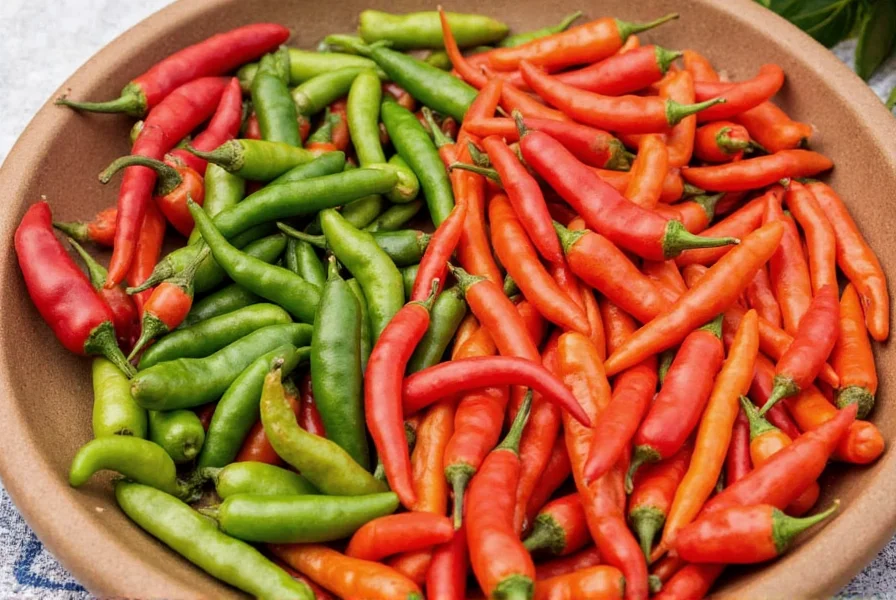 |
| Serrano | Green or Red | Moderate to Hot | 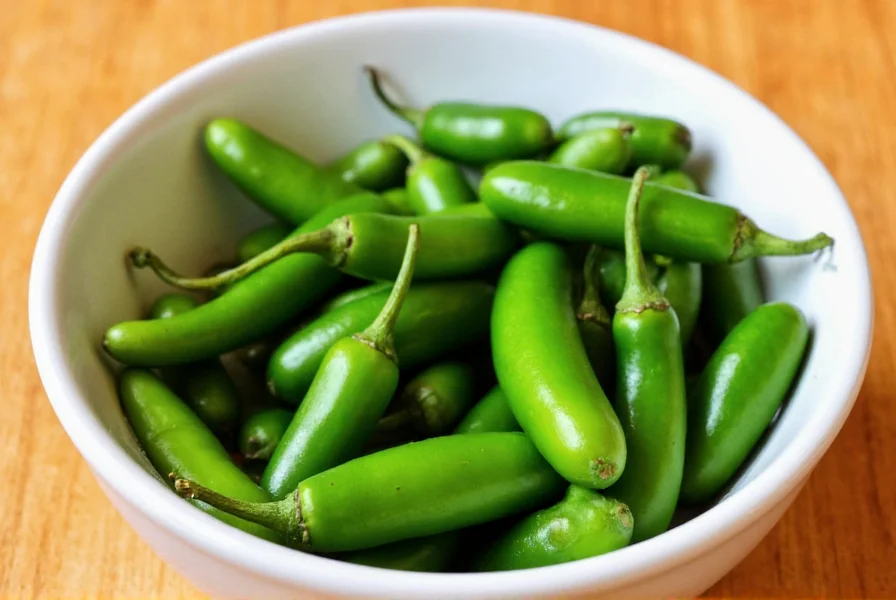 |
| Habanero | Yellow, Orange, or Red | Very Hot | 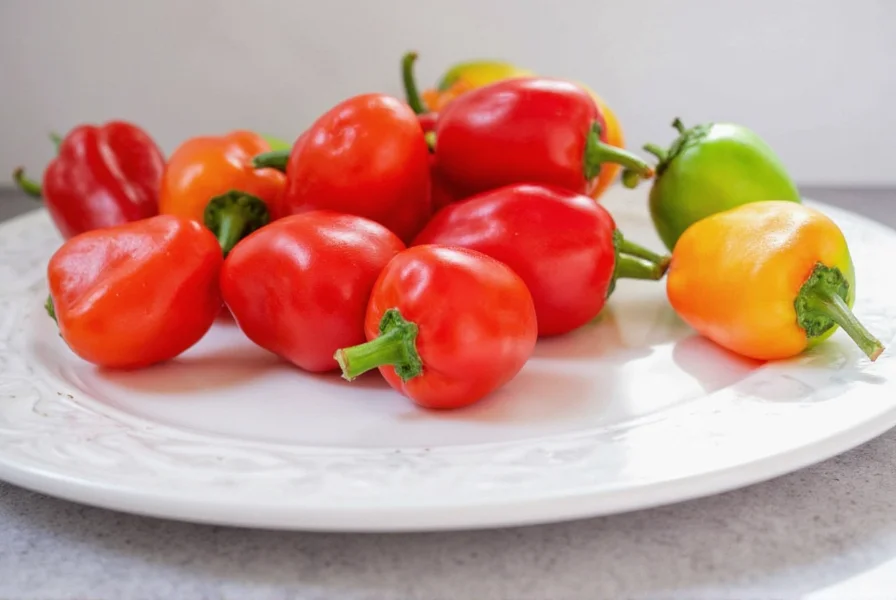 |
| Cayenne | Red | Hot | 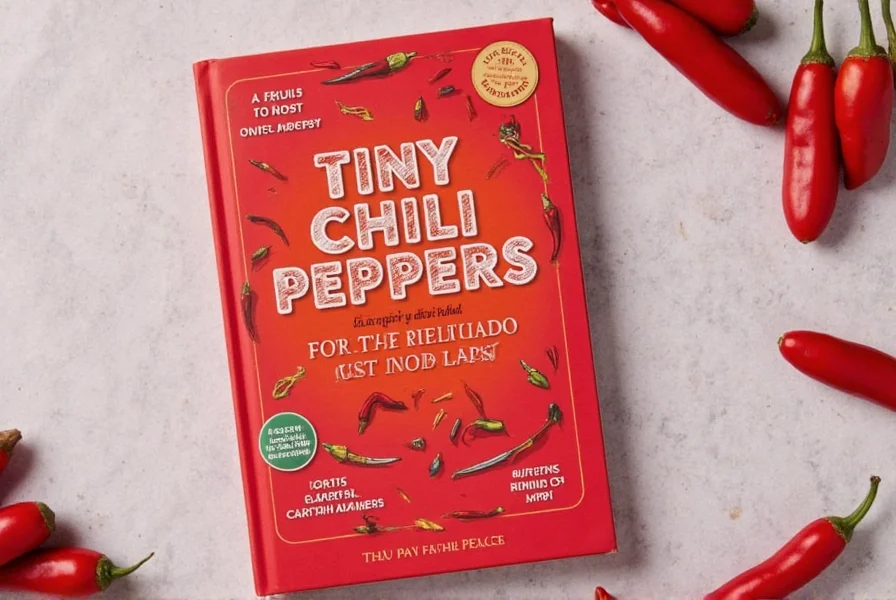 |
| Ghost Pepper | Red | Extremely Hot |  |
| Bell Pepper | Green, Yellow, Orange, Red | Mild to Sweet | 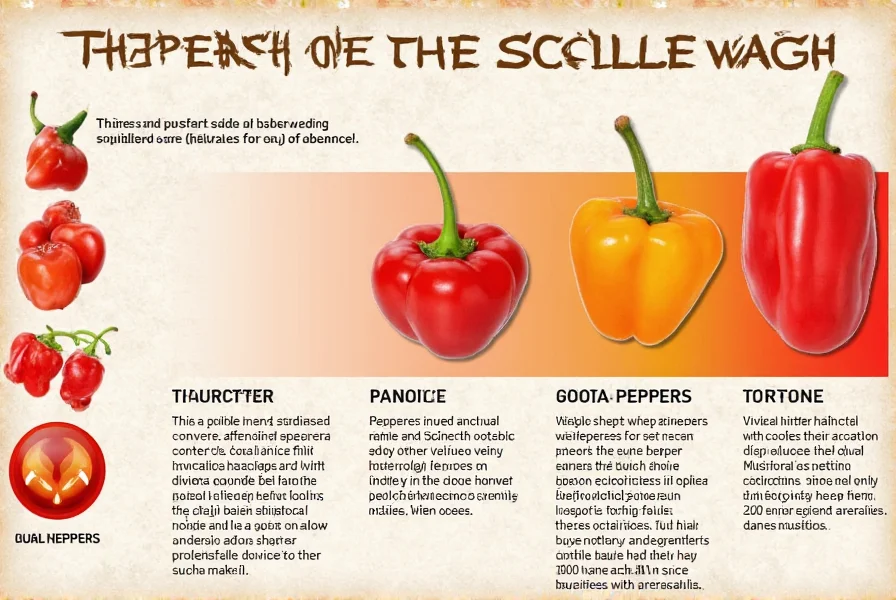 |
These images are just the beginning. There are so many more peppers out there, from the tiny but mighty Carolina Reaper to the flame-like Scotch Bonnet. Each has its own distinct look and flavor profile, making pictures of types of hot peppers a valuable tool for both learning and cooking.
Hot Pepper Buying Guide: What You Need to Know
Whether you're shopping for fresh peppers or dried spices, knowing what to look for can make all the difference. Here’s a quick buying guide to help you choose the right peppers for your needs:
1. Fresh Peppers
When buying fresh hot peppers, look for firm, smooth skin without any soft spots or blemishes. The color should be bright and even. For example:
- Jalapeños should be bright green and slightly glossy.
- Habaneros are best when they’re fully ripe and orange-red in color.
- Ghost Peppers should be deep red and plump.
2. Dried Peppers
Dried peppers like cayenne or ancho are often used in spice blends and sauces. Look for:
- Uniform size and shape.
- No signs of mold or moisture.
- Strong aroma and color.
3. Pre-Made Sauces and Seasonings
If you prefer convenience, pre-made hot pepper products can save time. Consider:
- Chili Flakes – great for topping pizzas or pasta.
- Habanero Hot Sauce – perfect for adding a fruity kick to dishes.
- Ghost Pepper Powder – ideal for those who want maximum heat.
Remember, pictures of types of hot peppers can help you identify the right variety before you buy, so always check the packaging or product description for clear visuals.
Spice Tips for the Everyday Pepper Enthusiast
Now that you know the basics, here are a few practical tips to help you enjoy hot peppers safely and effectively:
1. Start Small
If you're new to spicy food, start with milder peppers like jalapeños or bell peppers. Gradually work your way up to hotter varieties as your tolerance increases.
2. Use Gloves When Handling Hot Peppers
Always wear gloves when cutting or handling hot peppers to avoid transferring capsaicin to your skin or eyes. It’s a small step that can save you from a lot of discomfort.
3. Pair with Cool Ingredients
Spicy food can be balanced with cool, creamy ingredients like yogurt, sour cream, or avocado. These help neutralize the heat and make the dish more enjoyable.
4. Keep Milk or Water Nearby
If things get too spicy, drink milk or water to soothe your mouth. Avoid alcohol, which can actually intensify the heat.
5. Take Notes on Your Preferences
Keep track of which peppers you like and how they affect you. This helps you make better choices when cooking or shopping for spices.
Conclusion: Embrace the Heat, Enjoy the Journey
Hot peppers are more than just a source of heat—they're a celebration of flavor, culture, and adventure. With pictures of types of hot peppers, you can explore the world of spice with confidence and curiosity. Whether you're a casual cook or a serious spice lover, there's always something new to discover.
So next time you see a picture of a hot pepper, don’t just look at it—take a closer look, learn its story, and maybe even try it. Who knows? You might just find your new favorite spice.










 浙公网安备
33010002000092号
浙公网安备
33010002000092号 浙B2-20120091-4
浙B2-20120091-4